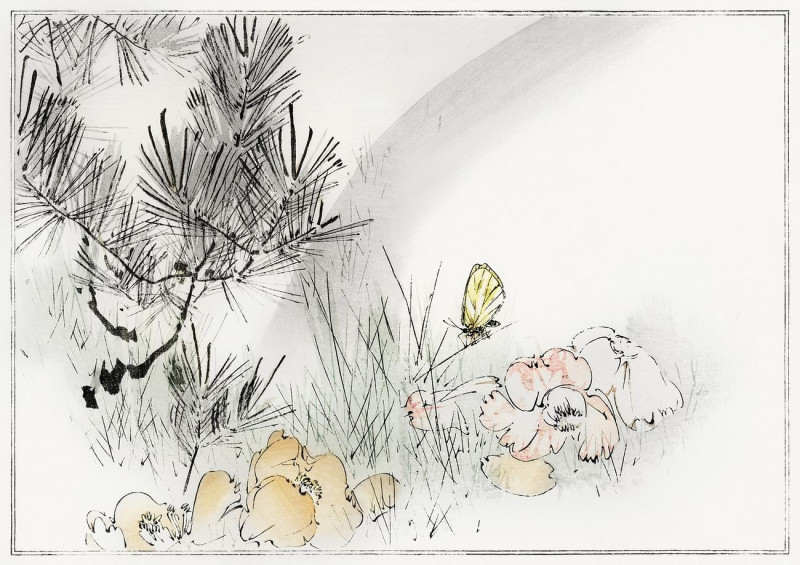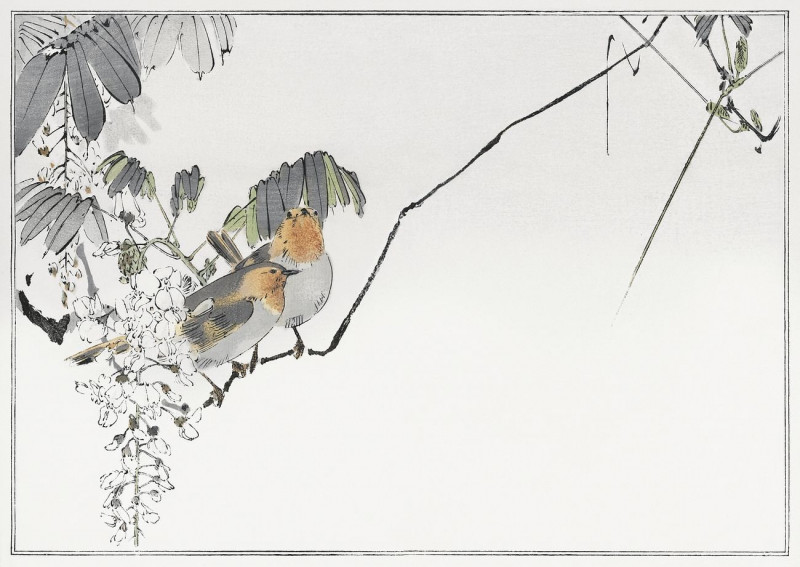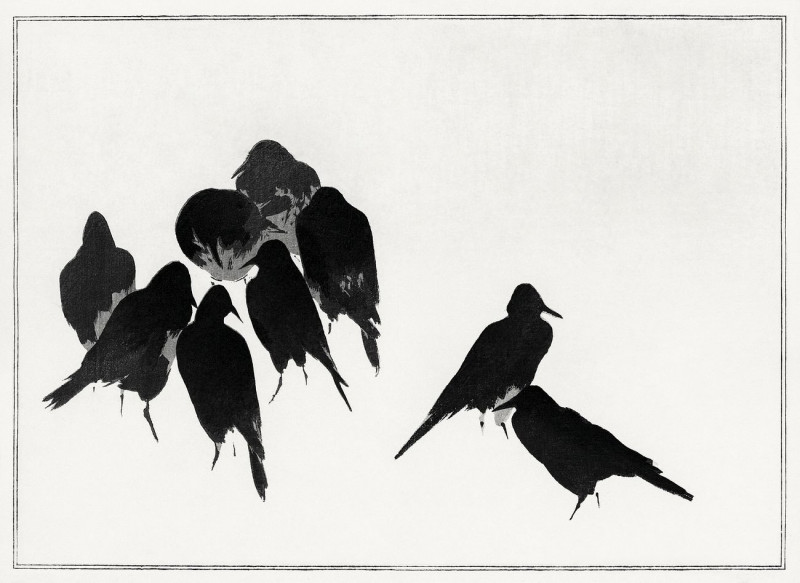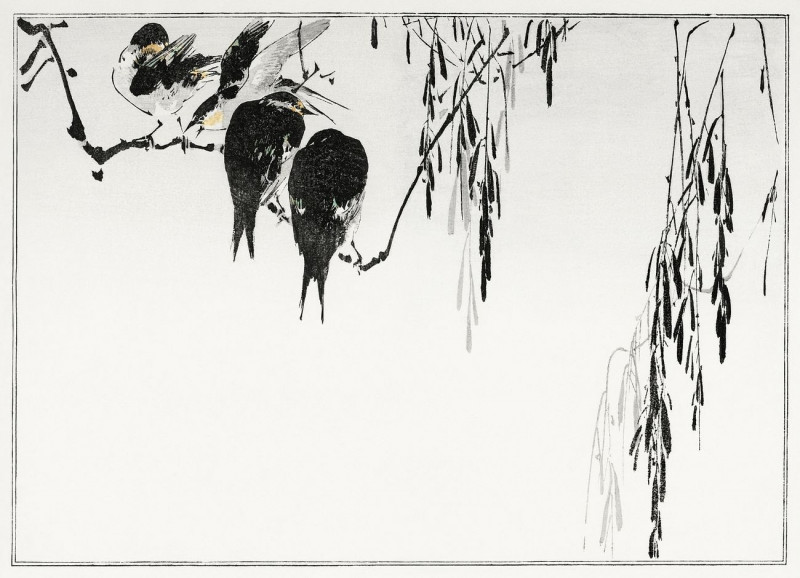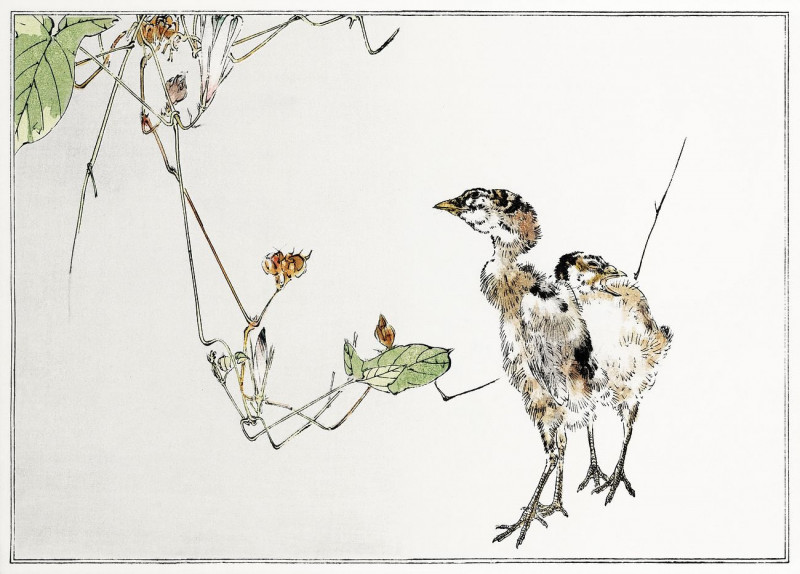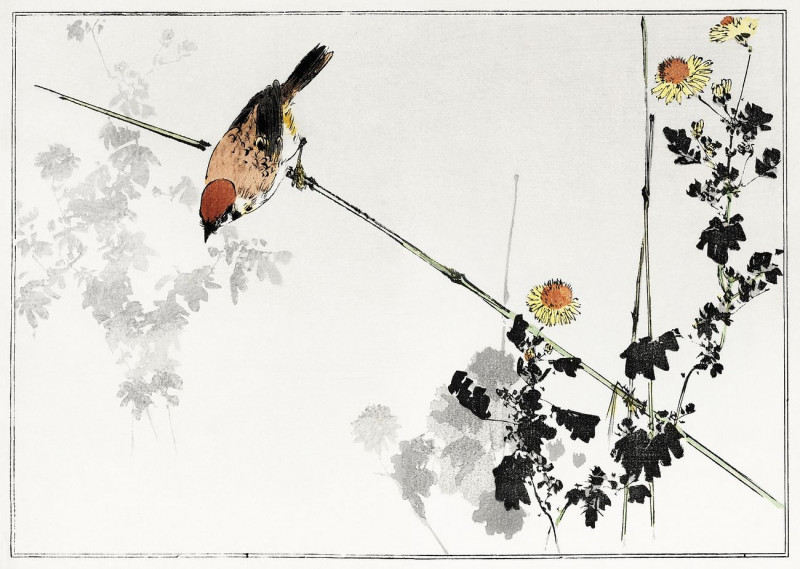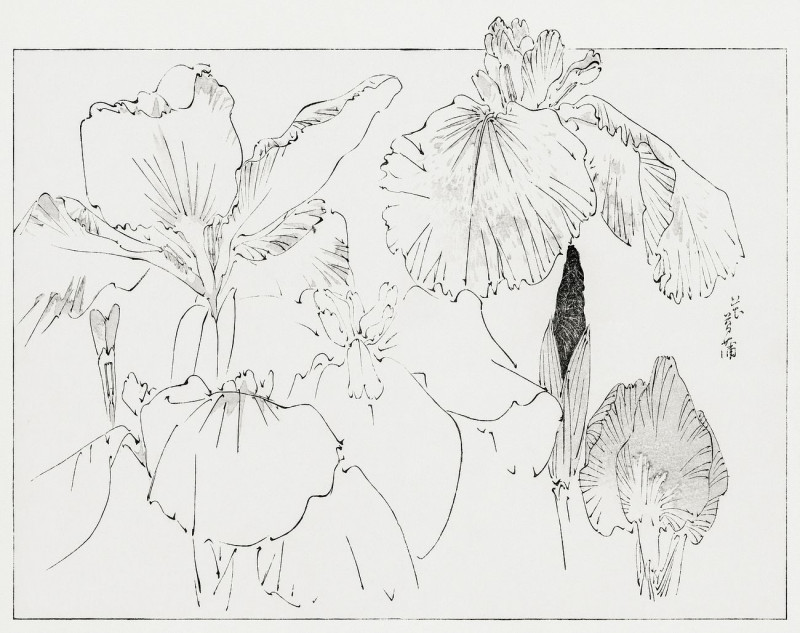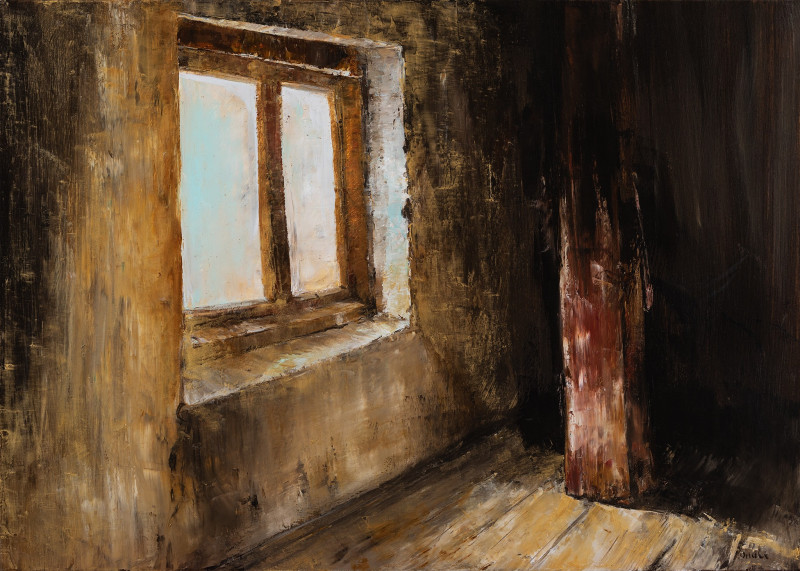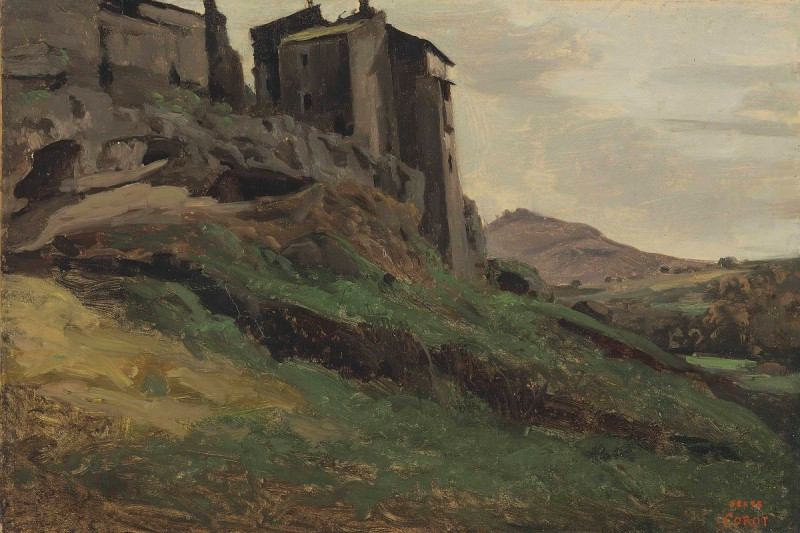Skylark Illustration From Bijutsu Sekai
Technique: Giclée quality print
Recommended by our customers
More about this artwork
This painting by Watanabe Seitei, titled "Skylark Illustration From Bijutsu Sekai," portrays a lone skylark positioned on the ground amidst tall, slender blades of grass. The artwork is executed with a striking attention to detail, reflecting the bird's speckled plumage and alert posture, suggesting the skylark's readiness to take flight or react to its surroundings.The background is minimalistic, predominantly white, which accentuates the darker, detailed depiction of the bird and the grass. This use of negative space is typical of traditional Japanese art, focusing the viewer's attention on the subject itself and evoking a sense of serene isolation in nature.Seitei's work often blends traditional Japanese aesthetics with a touch of modern sensibility, and this piece is a beautiful example of such a blend, capturing the essence of the skylark with both precision and a gentle minimalism. The delicate ink work on the skylark contrasts subtly with the lightly sketched grass, creating a balanced composition that is both peaceful and visually engaging.
Delivery
Reproductions are made to order and take 5 to 7 working days.
We send them out by courier and delivery takes another two working days.
If you need a reproduction sooner, please contact us - we can usually find a solution and produce it a little faster.
If you don't want to pay for postage, you can pick up your paintings at our galleries in Kaunas or Vilnius.
Returns
Yes, reproductions can be returned.
If you have any doubts more than 30 days after the date of purchase, please contact us - we will take the reproduction back for a refund or offer you a replacement!
We accept a maximum of two returns per customer - please note that we make reproductions to order, so please choose responsibly.
We do not refund shipping expenses.






